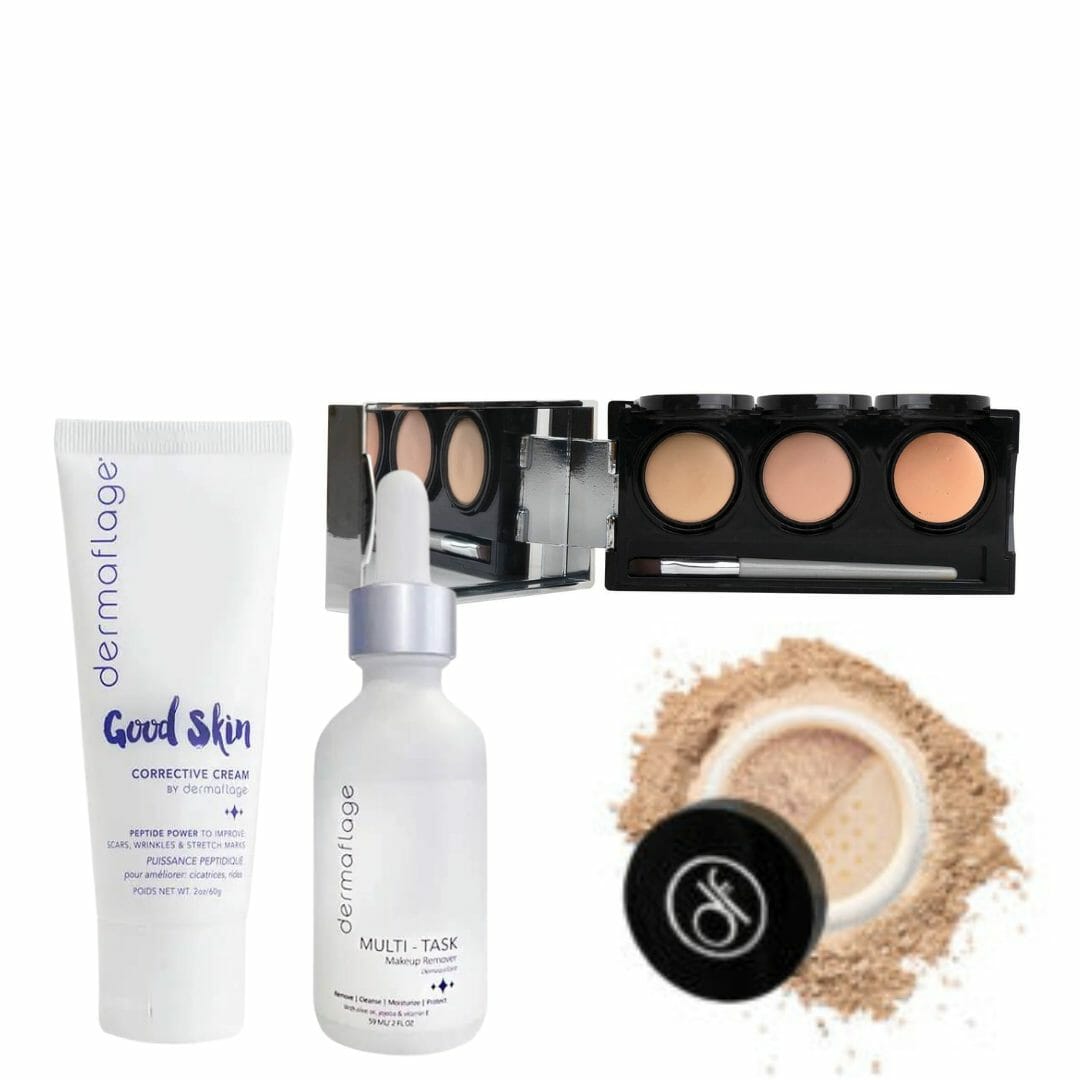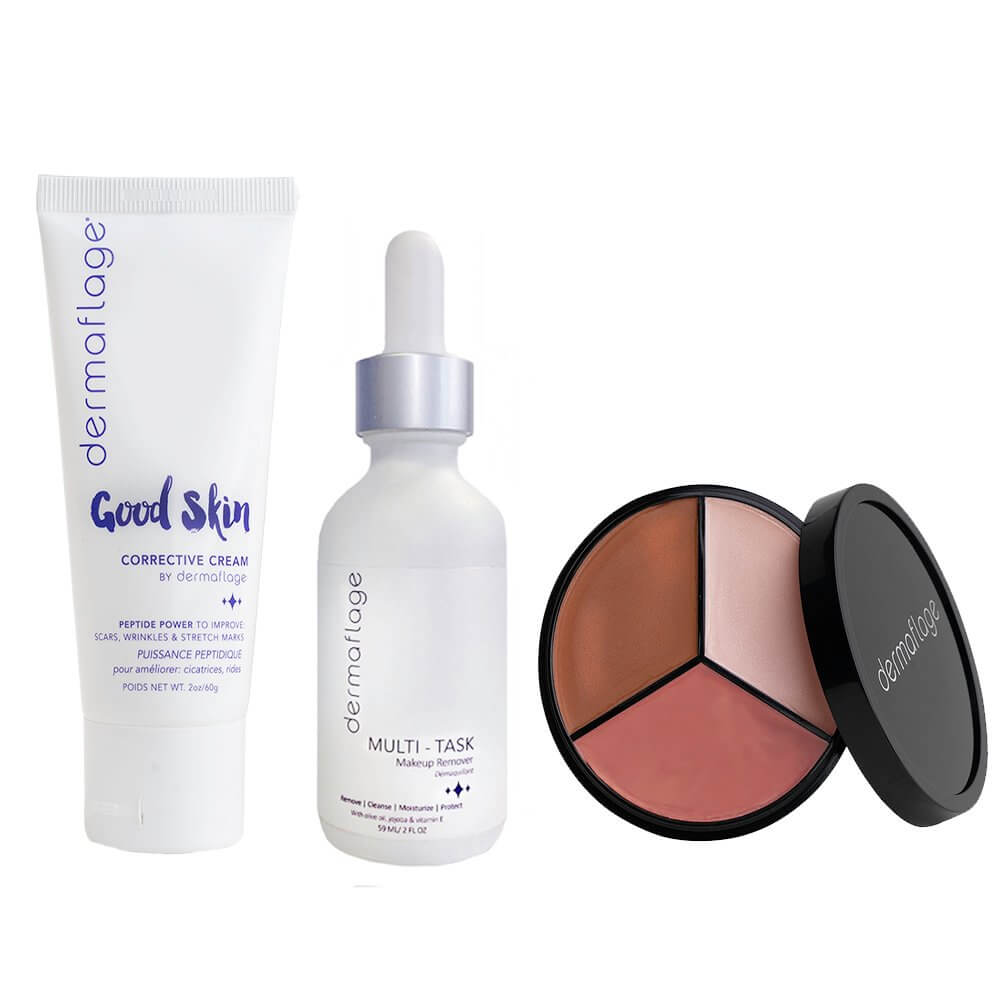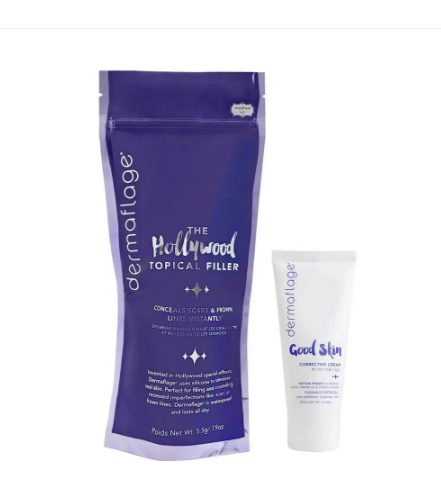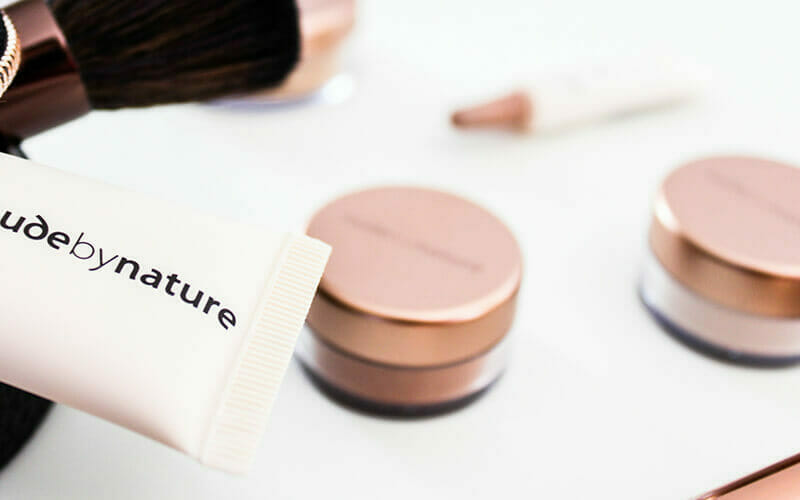
Most people think of a scar as being the mark left on your skin after it’s been damaged from a cut, burn, surgery, or even acne. But what causes this leftover mark, why does it look so different from undamaged skin, and how can scar treatment products improve the appearance of scars?
While all scars are the result of a wound or other skin damage, not all scars are created equal. Our skin heals itself in stages over time, changing appearance as our body naturally produces collagen fibers to repair the damaged skin. This new collagen looks and feels different from the undamaged skin surrounding it, forming a scar. While some scars end up being hardly noticeable, other types leave you with a raised or sunken area. Knowing the type of scar you have can help you select the right products and treatments for it.
These the main types of scars:
- Atrophic Scars are sunken or indented from the surrounding skin.
- Hypertrophic Scars or Keloid Scars are raised and thicker than the surrounding skin.
- Though often simply called Acne Scars, these can result in either raised, sunken, or “pitted” scars as well as red or brown post-inflammatory marks, and each type calls for a specific treatment to diminish their appearance.
Scar Prevention & Patience to Improve Your Results

We’re used to shortcuts and crash courses, but when it comes to scars we’re stuck waiting it out. Scars normally take from six months to two years to fully heal, and even the best scar treatment products can’t speed up time and many take months to show signs of improvement. However, proper wound care from the start can give improve your results. Of course, always follow the advice and instructions of a medical professional who can evaluate your specific condition.
How to Care for New Scars:
- Once the wound has healed, keep it moist with a petroleum jelly like Vaseline or Aquaphor and cover it with a bandage.
- Avoid any products containing potentially-irritating ingredients which may delay the healing process.
- Be sure to use a non-irritating, chemical-free broad-spectrum sunscreen of at least SPF 30 on your scar any time it’s exposed to the sun.
- Consider using over-the-counter scar treatment products such as scar creams, gels or oils to gradually smooth the texture of new scars and help fade discolouration.
- Consider using silicone scar sheets, which are proven to help prevent and heal scars.
- Prevention is the best acne scar treatment— as in, your mom is right — if you don’t pick at your blemishes, they’re much less likely to leave scars!
How to Hide Scars While They Heal

The waiting game can be tough, especially if you have a facial scar or any other scar that’s making you feel self-conscious. Luckily, top makeup pros share their secrets for hiding scars. Here’s how makeup can give you the instant confidence boost you need while you wait for facial scar treatment products to show results.
- Camouflage Makeup like full-coverage concealer and foundation may help hide raised scars.
- Color-correcting techniques can erase discolouration without layers of products.
- Dermaflage is the breakthrough fill-and-conceal solution for indented scars, including acne scars, ice pick scars, pockmarks, boxcar scars and rolling scars. It does what traditional makeup can’t and looks like real skin.
Straight Talk on Professional Scar Treatment Products & Procedures

With so many people searching for the best treatments for scars, including acne scar treatment products, it’s easy to see why professional scar removal methods get so much buzz. It’s also easy to see why more and more dermatologist offices and medi-spas are offering these services in addition to selling skincare products designed to fade or diminish the appearance of scars.
Following are some of the most popular in-office options for treating scars:
- Scar Revision Surgery replaces an indented scar with a new, less noticeable one.
- Chemical Peels use exfoliation to reveal the new, undamaged skin beneath scars.
- Dermabrasion buffs off the outer layer of skin to speed up the production of healthy skin.
- Laser Resurfacing Treatments use light energy to stimulate scar healing.
- Light Therapy uses special red or blue lights to promote scar healing and active breakouts.
- Subdermal Filler Injections smooth out uneven scarred skin by “filling in” the indented areas.
- Microneedling uses a roller covered in tiny needles to penetrate the damaged skin to accelerate the healing process.
- Steroid Injections are a long-term remedy that may smooth out or flatten the texture of scars.
- Radiotherapy is a less-common method of preventing the reappearance of severe raised scars.
Each in-office method involves cost, downtime, and potentially some pain, so be sure to consult with your dermatologist or other medical professional to find the right procedure for you.
![]()
The Right Scar Treatment Products Give you Confidence
Living with scars can be a challenge, but finding the best scar treatment for you doesn’t have to be. Dermaflage is here to help you separate the facts from the fiction so you can put your best face forward.
Check our Scar Treatment Info Center to learn about the many different scar treatment products available today.












Leave a Reply
You must be logged in to post a comment.